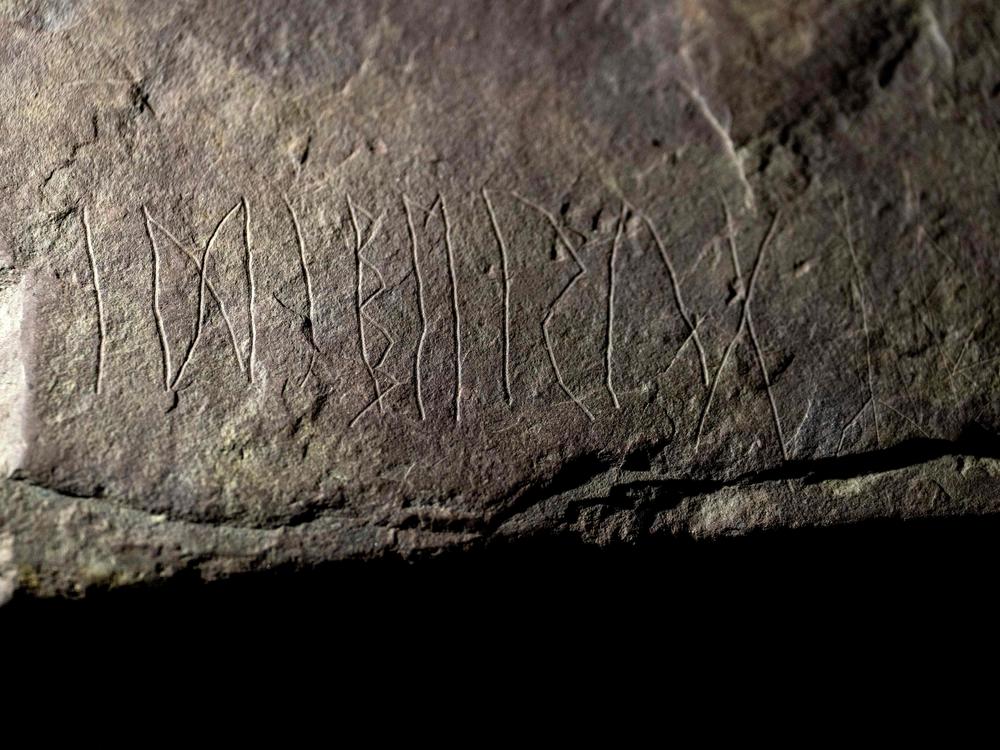Section Branding
Header Content
Opinion: The lessons we can learn from 'idiberug'
Primary Content
Who was idiberug? How did they live? What did they dream? Who did they love?
Idiberug is how the eight characters chiseled into the world's oldest known runestone seem to read.
I'm sorry if that's mispronounced; but anyone who actually said it has been gone for centuries.
Runestones are stone blocks left with markings of the runic alphabet, used by ancient people in Northern Europe. To modern eyes they look like lines, grids, x's and zigzags.
Researchers at the University of Oslo's Museum of Cultural History found the idiberug chiseled into a sandstone block about a foot square, found among burnt bones and charcoal in a burial site in southeastern Norway. Radiocarbon dating samples suggest the site likely dates from between the year 1 and 250 A.D.
The stone goes on display at the museum today, Jan. 21, 2023. Twenty centuries later.
Kristel Zilmer, Professor of Written Culture and Iconography at the Museum, told the University of Oslo's website, "The text may refer to a woman called Idibera and the inscription could mean 'For Idibera.' " Or, she suggests, "idiberug is the rendering of a name such as Idibergu, or perhaps the kin name Idiberung ... Not all inscriptions have a linguistic meaning," she says. "It's possible that someone has imitated, explored or played with the writing. Maybe someone was learning how to carve runes."
I like to imagine, say, a child learning how to chisel markings to say something about someone who leaps in their heart.
Then again, idiberug may be a curse. Or just ancient runic gibberish.
Twenty centuries ago, you couldn't just scribble, as you might a phone number, a password, or a reminder to pick up oat milk. So much of what we call communication these days is casual, dashed off, thumbed and abbreviated: FWIW, TBH, LMAO. And soon, we may let robots do the writing.
I wonder how much of what we read and write today will simply vanish at the touch of a hacker's click, or get left behind when we rush into the next shiny technology.
Idiberug on a runestone may make you wonder: centuries from now, what will people discover and make of us? Will it be monuments, rockets, skyscrapers, novels, and symphonies — or notes, jokes and scrawls? What stays, what falls away and what may take 20 centuries to be discovered?
We can't know. We can only say what we feel to the people all around us, in the times and world we share now. ILYSM. TMI?
Copyright 2023 NPR. To see more, visit https://www.npr.org.

